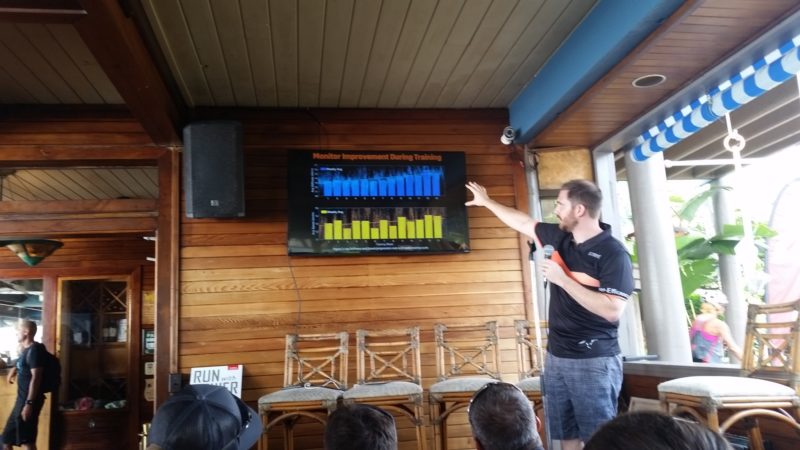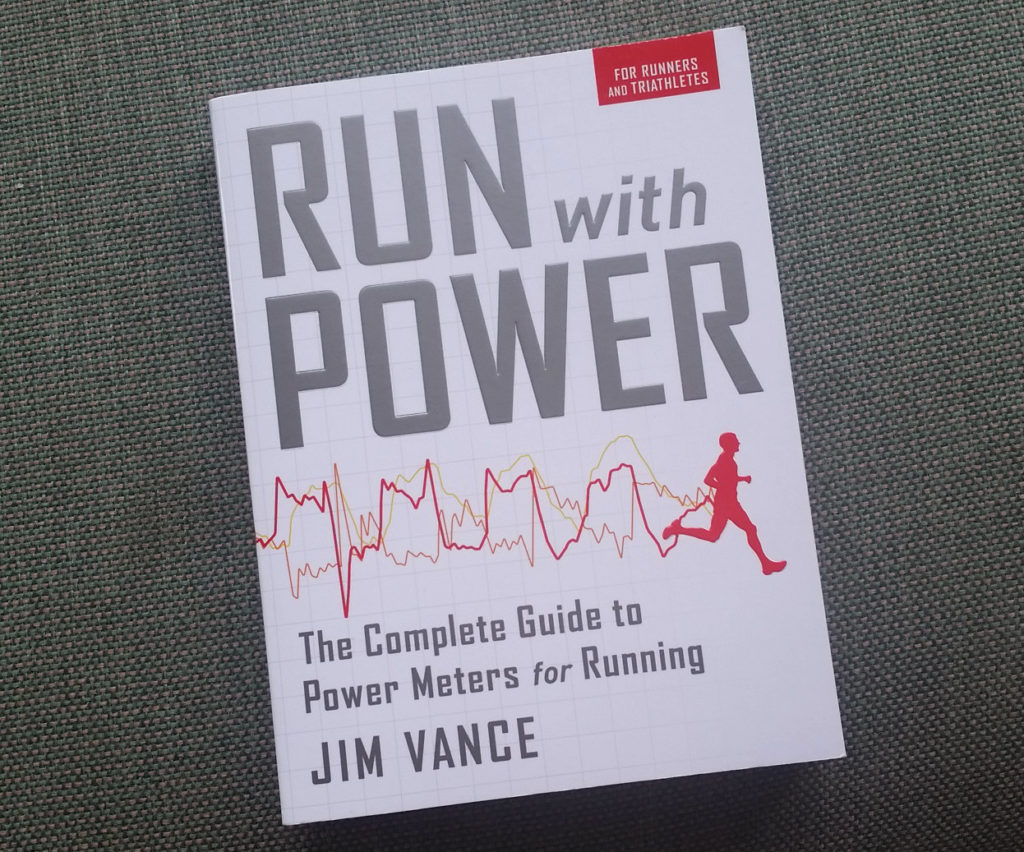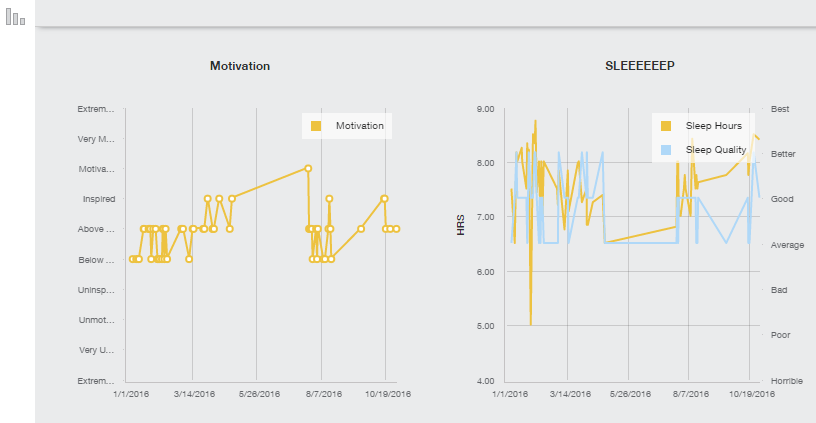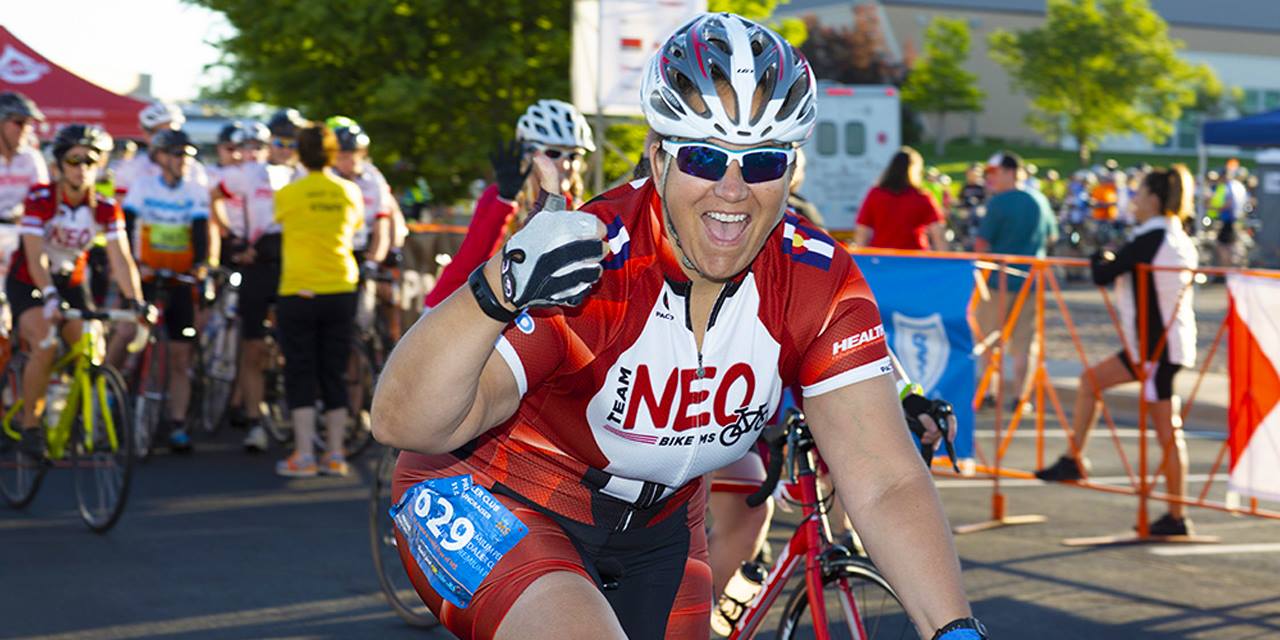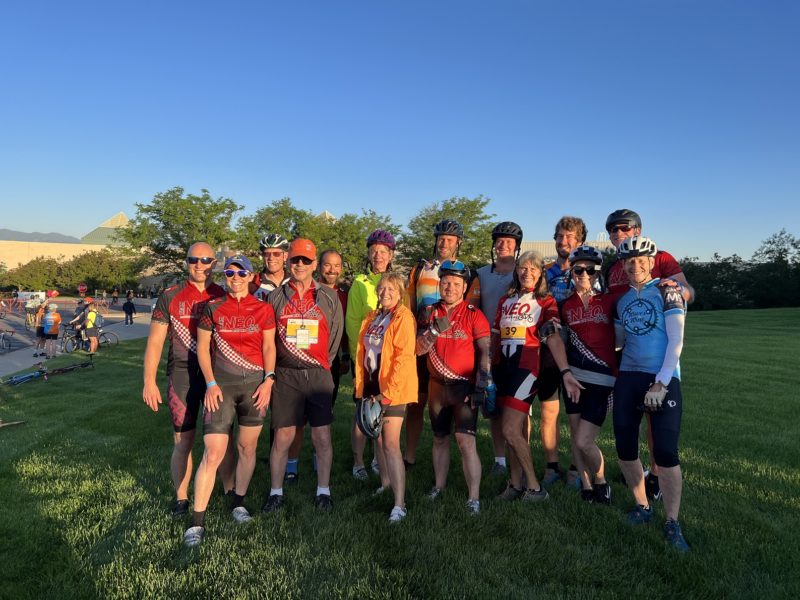On Wednesday afternoon of IRONMAN World Championship week, Stryd set up an all-star panel to discuss their experience with running with power and the Stryd power meter unit. Coaches Frank Jakobsen and Jim Vance were there, along with and Andrew Coggan who Skyped in. Also on the panel was a co-founder of Stryd, Jamie Williamson, and IRONMAN champion Craig Alexander. To top it off, the panel was moderated by legendary Bob Babbitt.
After a quick introduction on the short but rapidly evolving history of the unit, the discussion focused on the benefit of using the power metric in running. There is a difference in what it captures compared to bike power data, but the concept is the same. It’s a metric showing how much work your body is doing. They also stressed that this is very new so they are continually learning how to use and apply the data as more gets collected.
So what does it do? In the unit, which has very recently been modified to a footpod from a chest strap, there are quite a few sensors such as accelerometers. (I can’t really get more specific than that right now….haven’t dug into the technical specs.) These sensors measure a whole slew of things to capture pace, distance, elevation profile, and other directional and speed information. From this a total running power number is calculated. The measurements also provides some of the running metrics that have been around for awhile, such as pace, cadence and ground contact time.

One new metric that was discussed is form power, which is the part of your total power that is used to move your body, separate from metabolic power (your engine). If I’m not running efficiently, say I have a bit of a side-to-side sway, then I’ll have a higher energy cost to move myself forward at the same pace if I didn’t have the sway. If I can get rid of the sway, my form power should decrease, giving a little more room to run faster.
The other metric the new Stryd measures is leg spring stiffness. If we think of our legs as springs, we don’t want to lose a lot of energy after each step, but rather have it restored to use for the next step. If my leg is a wobbly spring, I’ll lose more energy than if it were a tighter spring. So somehow the Stryd unit foodtpod and all its sensors can measure this.
An examples of leg spring stiffness they gave was that of two different athletes racing IRONMAN World Championships in Kona. The better runner had a higher leg spring stiffness, and it also didn’t drop off as much over time. The other runner’s leg spring stiffness plummeted fairly quickly as fatigue from an IRONMAN race set in.
Having easy-to-capture metrics to help with efficiency improvements should be a great tool. In talking with Adam Heaney of Stryd, watching these trends over time as you work on making improvements (drills!) can really help you answer the question we all tend to ask, “Am I improving my form?” I can see how the power metric would also be useful to those wanting to make small tweaks to run form. Make small changes and see how the power changes.
I am intrigued with these new metrics, and that it appears to capture more specific efficiency data. As a coach, the more data I have to peer into the training responses of my athletes, the better.
At the race this week I picked up a copy of Jim Vance’s Running with Power book, so I’ll be giving it a good read so I can help my athletes and myself have better runs. I also look forward to getting a Stryd unit and learning more about it.
In the comments below, let me know what you are doing to improve your running.

